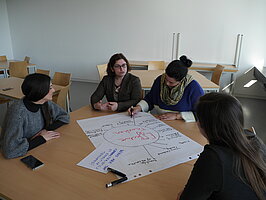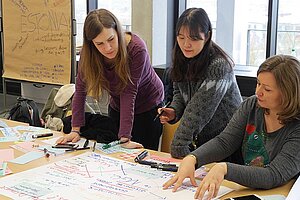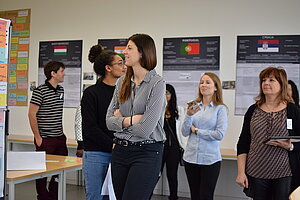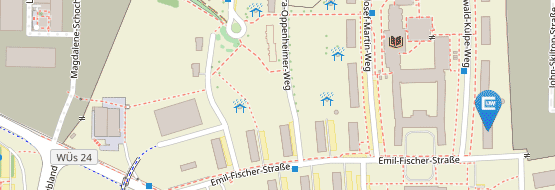Reflective Understanding of the Roles and Functions of International Organisations in Adult Education



Aim of the method/strategy
- to help international students from various countries to recognise and understand the classification of international organisations in ALE;
- to help students with diverse nationalities gain detailed insights into five particular areas of activity of Inter-Governmental Organisations and International Non-Governmental Organisations (IGOs and INGOs) working in the context of international adult education;
- to strengthen students’ engagement in their learning processes and their contributions to the shared learning setting, and to provide preparatory readings needed for successful participation in on-campus classes.
Setting
- In classroom with participating students – special interactive seminar
Type and name of the course, curriculum, number of students
- International Environment of Adult Learning and Education – First-semester course in the MA programme in Adult Education. This course is open to second-year international students in the MA programme in HR counselling who have been enrolled in the INTALL Adult Education Academy in Adult and Lifelong Learning.
Description of the method/strategy
Prior to the on-campus session, participants are given the general task to collect relevant information on one selected IGO (e.g. UNESCO) or INGO (e.g. ICAE) working in the field of ALE and to report on its impact on the development of the field. Each student independently performs the web-based desk research at home. Students are asked to use the COMPALL/INTALL information tool and some additional digital sources of information.
- Action A: presentation focus:
During the on-campus session, students present their findings to the plenary group in no more than 7 minutes using 3-7 PowerPoint slides (we only have 7-10 students altogether) and relate their findings to the available matrix of relevant IGOs/INGOs with their characteristic roles/functions.
- Action B: dialogical dimension:
Students representing IGOs can identify specific choices and limitations in the field of ALE and relate these to the group of students dealing with INGOs.
- Action C: comparative dimension:
The whole group engages in a discussion on the roles and functions of international organisations in ALE with regard to the international environment/issues and to trends in adult and lifelong learning.
Materials required
- PPTs, projector, PC, flipchart, and paper with pen for notes
Origin and theoretical framework
The method is a combination of in-class presentations and dialogue-based comparison of international organisations in ALE; however, it does not represent or relate to a particular theoretical framework.
Risks and advantages
Advantages:
- The method supports participating MA students to extend their knowledge of international dimensions in adult and lifelong learning.
- This method can help students prepare for international group work and practice their English.
- The method supports students in gaining insights into the activities of international organisations in ALE through active work and dialogue, allowing for critical thinking and comparative skills to develop.
- The on-campus group work helps students develop presentation skills.
Risks:
- The method can only be successful if students are thoroughly engaged in delivering their own part and if they actively participate in the dialogue about the topic and in the comparison of roles and tasks of relevant IGOs and INGOs.
- There is a risk of under- and overestimating the roles and functions of international organisations in ALE, because people involved in the development of adult education may misjudge the impact and influence of international organisations in terms of both policy and practice. Therefore, it is necessary to clarify the mission, work, and orientations describing their engagement in adult learning and education.
- The method only works if participants are properly prepared for the task.
Other examples where you think it could be used
- This method can be used with master’s and doctoral students in adult education. It may also be used in the field of international HR counselling, in case study development, and in the analysis of specific HR practices of corporate organisations with a comparative focus.
Recommendation
- The task should be planned in detail in advance, and students should be given detailed information on how to prepare.
- An appropriate timetable should be clearly discussed in advance with participating students.
- It is important to provide effective feedback to motivate students and to highlight the importance of relevant group-work methods as preparatory steps towards the Adult Education Academy activities that follow.
Contact persons
Németh Balázs (nemeth.balazs@pte.hu)
Krisztina Fodorné Tóth (feekbackup@gmail.com)


